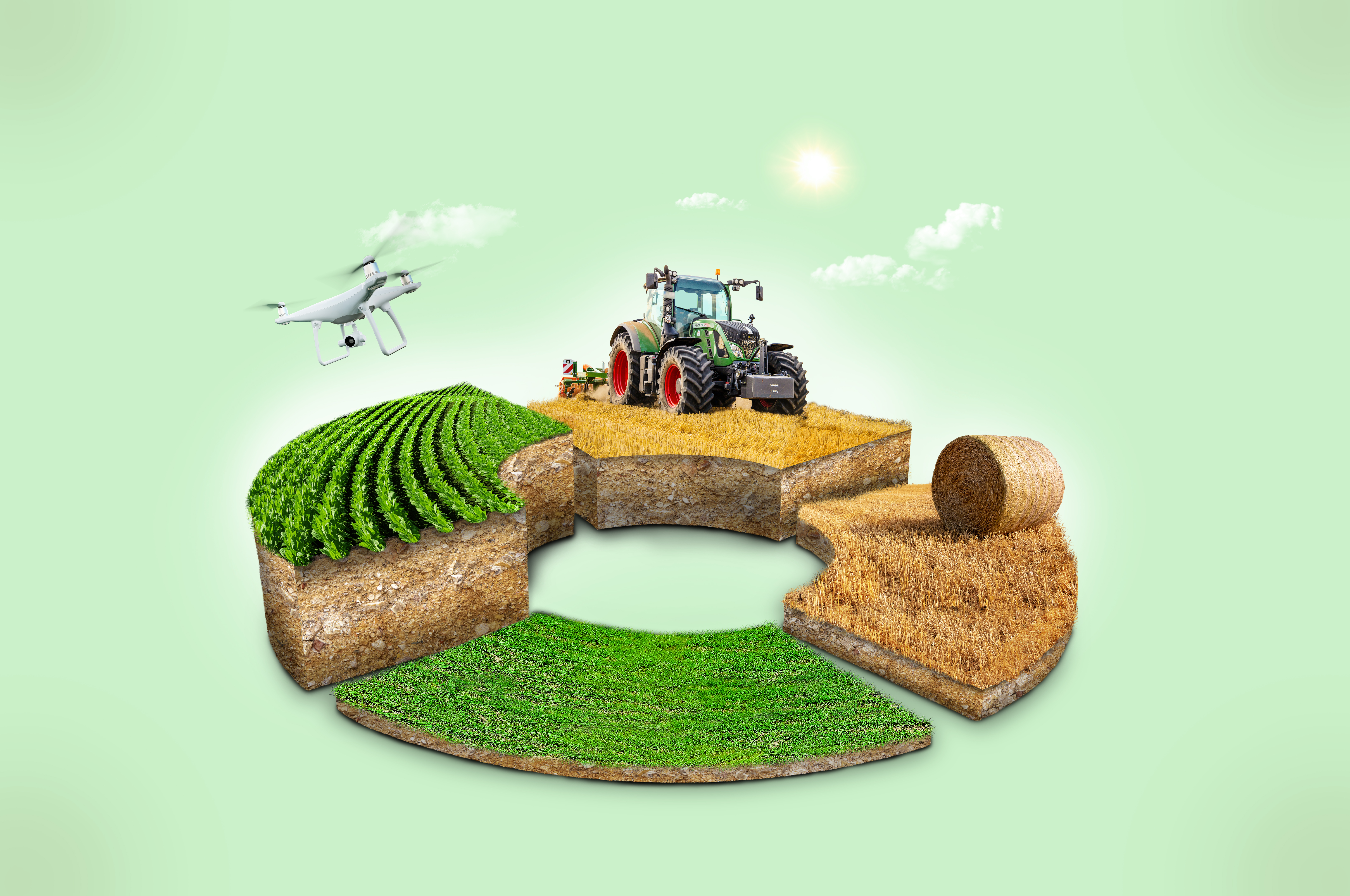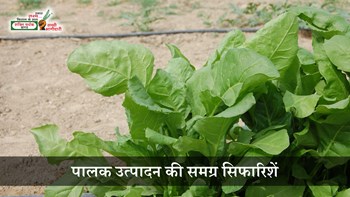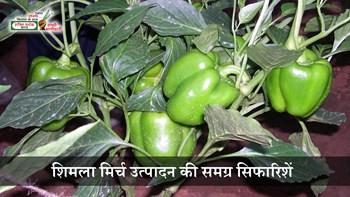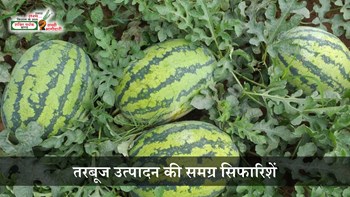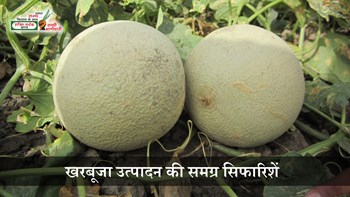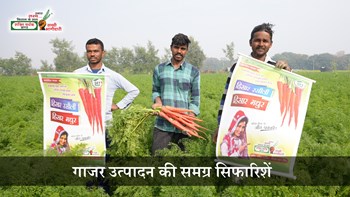Impact of Climate Change on Agriculture
Agriculture is highly sensitive to climatic conditions. Even slight variations in temperature or rainfall can influence crop yields. Prolonged droughts can dry up soils, deplete groundwater resources, and wither crops before harvest. Excessive rainfall or floods can destroy standing crops, wash away topsoil, and delay planting seasons. Unseasonal heat waves or cold spells can disrupt flowering and fruiting stages, directly reducing yields.
Moreover, climate change increases the prevalence of pests and diseases. Warmer temperatures and altered humidity levels create favorable conditions for pests to multiply and spread, threatening crops and livestock alike. Soil fertility can also decline due to erosion, salinization, and nutrient leaching exacerbated by erratic weather events.
These disruptions translate into reduced agricultural output, increased costs of farming (due to more need for irrigation, fertilizers, and pesticides), and ultimately, lower incomes for farmers—many of whom already operate at subsistence levels.
The Importance of Farmers’ Preparedness:
Preparedness is the key to minimizing the adverse impacts of climate change on agriculture. By adopting smart strategies and planning ahead, farmers can build resilience against climatic risks and sustain their productivity. Farmers’ preparedness involves a combination of awareness, adaptation, risk management, and access to appropriate technologies and resources.
Strategies for Farmers’ Preparedness:
1. Diversified Cropping and Crop Rotation
By growing a variety of crops and rotating them regularly, farmers can reduce their dependency on a single crop and minimize risks associated with pest outbreaks or climatic failures.
2. Climate-Resilient Crop Varieties
Farmers can adopt drought-tolerant, flood-resistant, or heat-tolerant crop varieties that are specifically bred to withstand extreme weather conditions.
3. Efficient Water Management
Practices such as rainwater harvesting, drip irrigation, mulching, and soil moisture conservation help optimize water use and reduce dependency on erratic rainfall.
4. Agroforestry and Integrated Farming
Integrating trees, livestock, and multiple crops on farms not only diversifies income sources but also improves soil fertility, controls erosion, and creates microclimates that benefit crops.
5. Weather Forecasting and Early Warning Systems
Staying updated with weather forecasts and advisories allows farmers to make informed decisions regarding sowing, irrigation, pest control, and harvesting.
6. Soil Health Management
Regular soil testing, organic manure application, and conservation agriculture practices maintain soil fertility and enhance its water-holding capacity.
7. Crop Insurance and Financial Support
Enrolling in crop insurance schemes helps protect farmers from financial losses due to weather-related crop failures. Access to institutional credit can also support investment in resilient technologies.
8. Community-Based Resource Sharing
Farmers can form cooperatives or groups to share resources like machinery, irrigation facilities, and market information, making adaptation more affordable and accessible.

Role of Government and Institutions:
While individual farmers can take steps to prepare, the support of governments, agricultural institutions, and extension services is crucial. Policymakers should prioritize research and dissemination of climate-resilient technologies, strengthen rural infrastructure, provide affordable insurance and credit options, and facilitate knowledge-sharing platforms for farmers. Capacity-building programs, climate-smart agriculture training, and accessible information services can empower farmers to better understand climate risks and adopt suitable practices.
Conclusion:
Climate change is an undeniable reality, but with proper preparedness and timely action, farmers can adapt and continue to thrive. Building resilience in agriculture not only secures farmers’ livelihoods but also ensures the stability of food systems for future generations. Empowering farmers with knowledge, resources, and support is the pathway to sustainable agriculture in an era of climate uncertainty.
